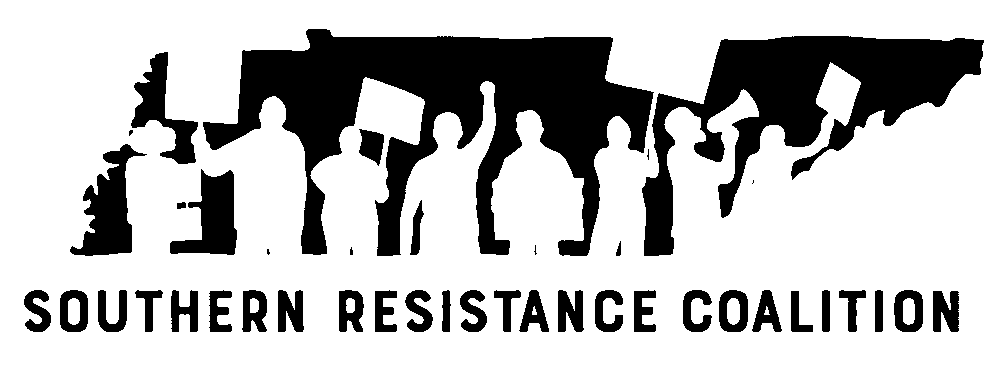In the last post, we talked about what an authoritarian government is and how it grabs power. We also touched on the pillars supporting the regime and how we’re all members of one or more.
As a reminder, some common pillars are:
- Business
- Labor
- Faith
- Education
- Civil Service
- Military/Police
This week, let’s talk about how we start to put pressure on those pillars, and why it’s necessary.
Since this isn’t the first time an authoritarian government has tried to seize power from the people, we know the tactics they tend to use. Thanks to researchers and historians, we also know what has worked to stop them.
What has worked to overthrow authoritarian regimes is when many people from diverse backgrounds come together and take real action.
Then they keep taking action. They find ways to keep up the momentum, to stay resilient. They bring others into the fight and together find new ways to refuse to comply. That’s what has worked.
According to the Choose Democracy project:
“We will succeed because millions of people do a couple of things well, not because one person does a million things.”
This means it’s not about one protest, one week, or one action. There is no one right way out.
It’s about taking consistent, nonviolent action in places where those actions have real influence—our homes, communities, friend groups, workplaces, faith institutions, and schools.
It’s maintaining our resilience in the face of a regime that wants us afraid to act. It’s encouraging those carrying out orders for the administration to remember that their loyalty should lie with the country and the constitution, not a wannabe king.
But what actions should we be taking? What can we actually do?
More than you might think. We’ll get into some specifics next week. For now, know that there are three main categories of nonviolent action we need to consider:
1. Protest and Persuasion
These actions help us overcome fear, build solidarity with others, and signal that ‘this is not normal’.
This can look like: Marches, rallies, & demonstrations; displaying symbols, signs, buttons, stickers, or educating your neighbors.
2. Building Alternatives
These actions meet our social, economic, or political needs, demonstrate alternative systems, show community care, and help sustain the other noncooperation tactics.
This can look like: Mutual or community aid, strike funds, food co-ops, and underground clinics for communities under attack.
3. Noncooperation
This is intentional, strategic stubbornness. Actively disrupting the status quo, refusing to do what is expected of us, withdrawing our support and cooperation, and encouraging others to do the same.
This can look like: Workers refusing to carry out illegal orders, economic boycotts, and strikes.
Autocrats need our cooperation to stay in power long-term. As more and more of us refuse to comply, the pillars will eventually crumble.
We’ll talk more about noncooperation next week, including some practical examples.


Leave a Reply